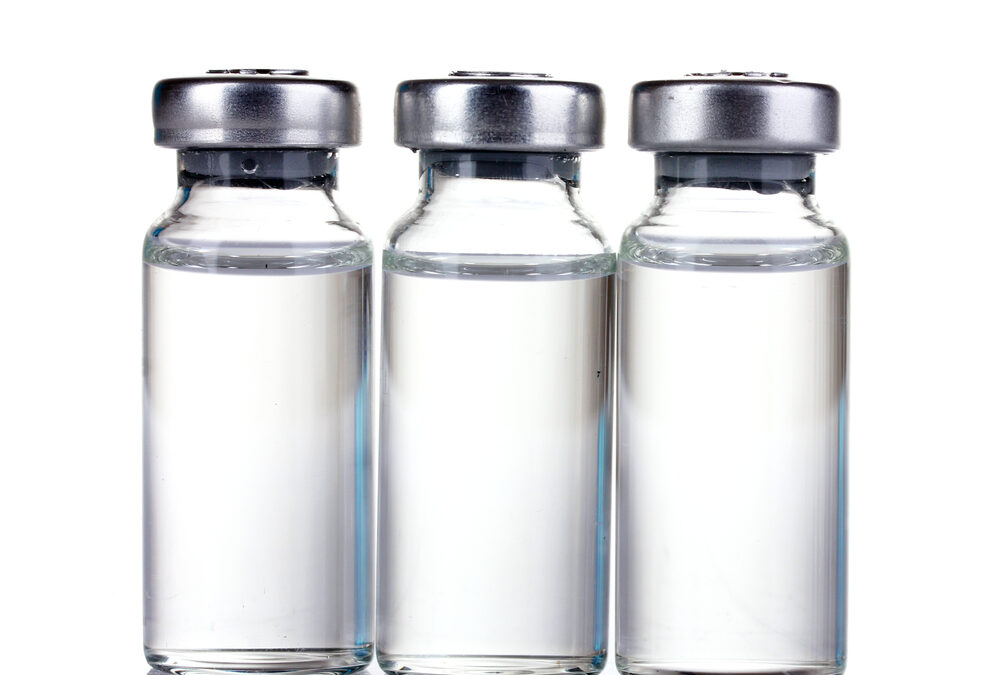Many patients come to my office after already having researched sclerotherapy on the internet. There is a lot of mention about different solutions for sclerotherapy. There are many different names and it can get confusing. One of the questions patients often ask me is, “Which solution do you use for sclerotherapy?”
There are basically three solutions that are widely used in the United States for spider vein treatment:
- hypertonic saline
- sodium tetradecyl sulfate (Sotradecol)
- polidocanol (Asclera / Aethoxysclerol)
Hypertonic saline
Hypertonic saline use to be the the most widely used solution for spider veins. It is simply a saline (salt) concentrate solution which irritates the tiny veins and subsequently closes them. Hypertonic saline is used widely and is very effective. It is also very inexpensive which means that physicians who use it may be able to charge a little less for their services. Furthermore, allergic reactions do not occur with this solution.
However, there are disadvantages to hypertonic saline. The most important disadvantage is that it is very painful. In order to be effective, the physician must inject the hypertonic saline directly in the vein where it often causes an intense burning sensation. To help ease the pain, physicians sometimes mix lidocaine in the solution or give their patients valium or a pain reliever, but this rarely makes the burning go away entirely. Furthermore, there are risks. If the physician misses the vein, the saline can cause severe pain and even ulceration at the injection site.
Sotradecol and Asclera
The remaining two sclerotherapy solutions are sodium tetradecyl sulfate (trade name Sotradecol) and polidocanol (trade name Asclera or Aethoxysklerol). They are very similar to one another. Both are popular, but are expensive, so physicians using these solutions usually have to charge a bit more. But the additional cost provides a more comfortable experience.
Both Sotradecol and Asclera / Aethoxysklerol are detergent-like solutions that work by interfering with the cells of the inner lining of the vein. After injection of these solutions, the vein wall essentially seals shut and closes. The solutions can also work by causing clotting of the tiny spider veins leaving them to eventually disappear as blood reroutes to other healthy veins.
Sotradecol (sodium tetradecyl sulfate) and Asclera (polidocanol) are advantageous over hypertonic saline for various reasons:
- They are generally painless when injected. Even when inadvertently injected around the vein rather than in the vein, they rarely cause any reaction or ulceration. For this reason, patients generally prefer one of these detergent solutions over hypertonic saline.
- Because these two solutions are “detergents”, they commonly formulate as “foam” which allows the physician to inject larger veins.
- They are just as effective as hypertonic saline, but are far less painful when injected.
Sotradecol and Asclera or Aethoxysklerol are competing products and are both have FDA approval. Patients will find information on the internet which claims that one is superior to another. One company or the other typically funds these studies. However, many independent studies find no definitive advantage between sodium tetradecyl sulfate, polidocanol, and hypertonic saline.
At the San Francisco Vein Center, Dr. Aquino usually uses sodium tetradecyl sulfate (Sotradecol) for sclerotherapy.

